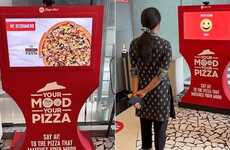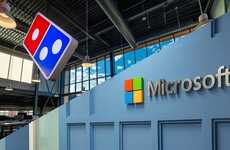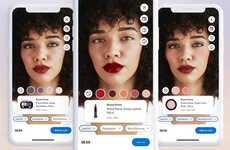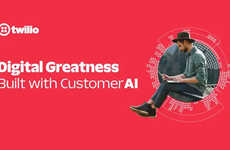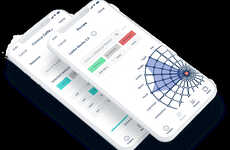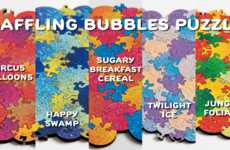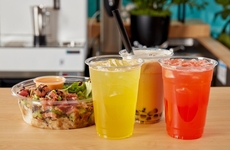
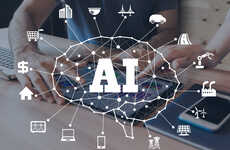


Restaurants are using AI forecasting tools to determine future menu items
Trend - Restaurants are using artificial intelligence (AI) analytics and forecasting tools to determine demand for each menu item. These tools use restaurant-specific and market-wide data to determine future-facing consumer interests, helping determine menu item creation and sales numbers.
Insight - With the diverse and ever-changing interests of the modern consumer, many restaurants struggle to keep up-to-date on recent trends in the foodservice space. Small-scale restaurants do not have the luxury of time or research divisons to fuel decisions, and must often rely on experiential data. These restaurants desire cost and time-effective solutions to market research, leading to brands filling this gap with curated AI tools designed specifically for the foodservice industry.
Insight - With the diverse and ever-changing interests of the modern consumer, many restaurants struggle to keep up-to-date on recent trends in the foodservice space. Small-scale restaurants do not have the luxury of time or research divisons to fuel decisions, and must often rely on experiential data. These restaurants desire cost and time-effective solutions to market research, leading to brands filling this gap with curated AI tools designed specifically for the foodservice industry.
Workshop Question - How could your company leverage its data with AI to improve its existing and upcoming services?
Trend Themes
1. AI-driven Menu Item Forecasting - Restaurants are using artificial intelligence (AI) analytics and forecasting tools to determine demand for each menu item, aiding in menu item creation and sales numbers.
2. Generative AI for Product Development - PepsiCo and Ai Palette are leveraging AI and data analytics to uncover consumer desires and develop new food and beverage products through tools like 'Tastewise' and FoodGPT.
3. AI-enhanced Foodservice Innovation - Tools like Datassential's Menucast are harnessing AI and industry data to help with product development, idea prioritization, and predicting future flavor and ingredient trends.
Industry Implications
1. Foodservice - Restaurants and foodservice businesses can utilize AI-driven menu item forecasting tools to better understand customer demands and optimize their menus.
2. Consumer Packaged Goods - Companies in the CPG industry can tap into generative AI tools like 'Tastewise', 'Black Swan Data', and FoodGPT to uncover consumer desires and develop innovative food and beverage products.
3. Market Research - Market research professionals can leverage AI-powered tools like Menucast to obtain accurate insights on flavor and ingredient trends, aiding in product development and decision-making.




